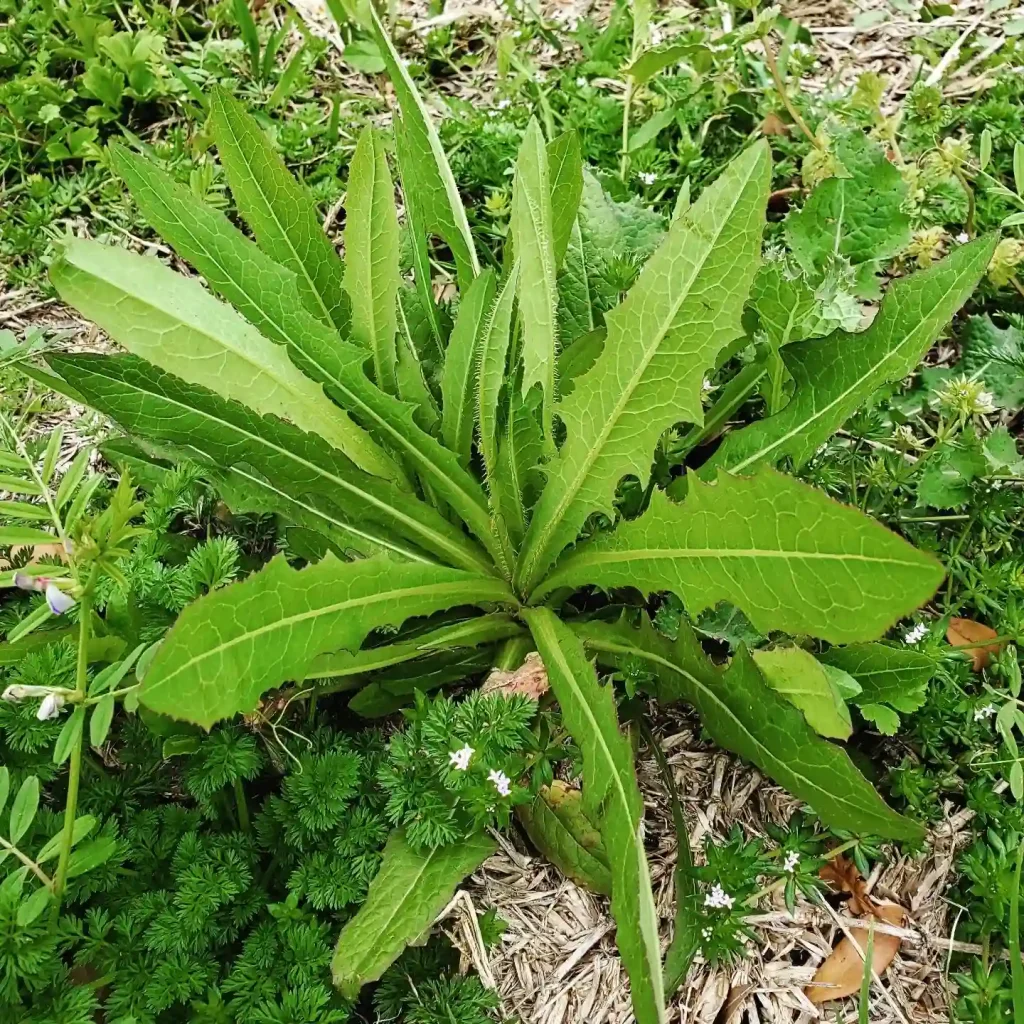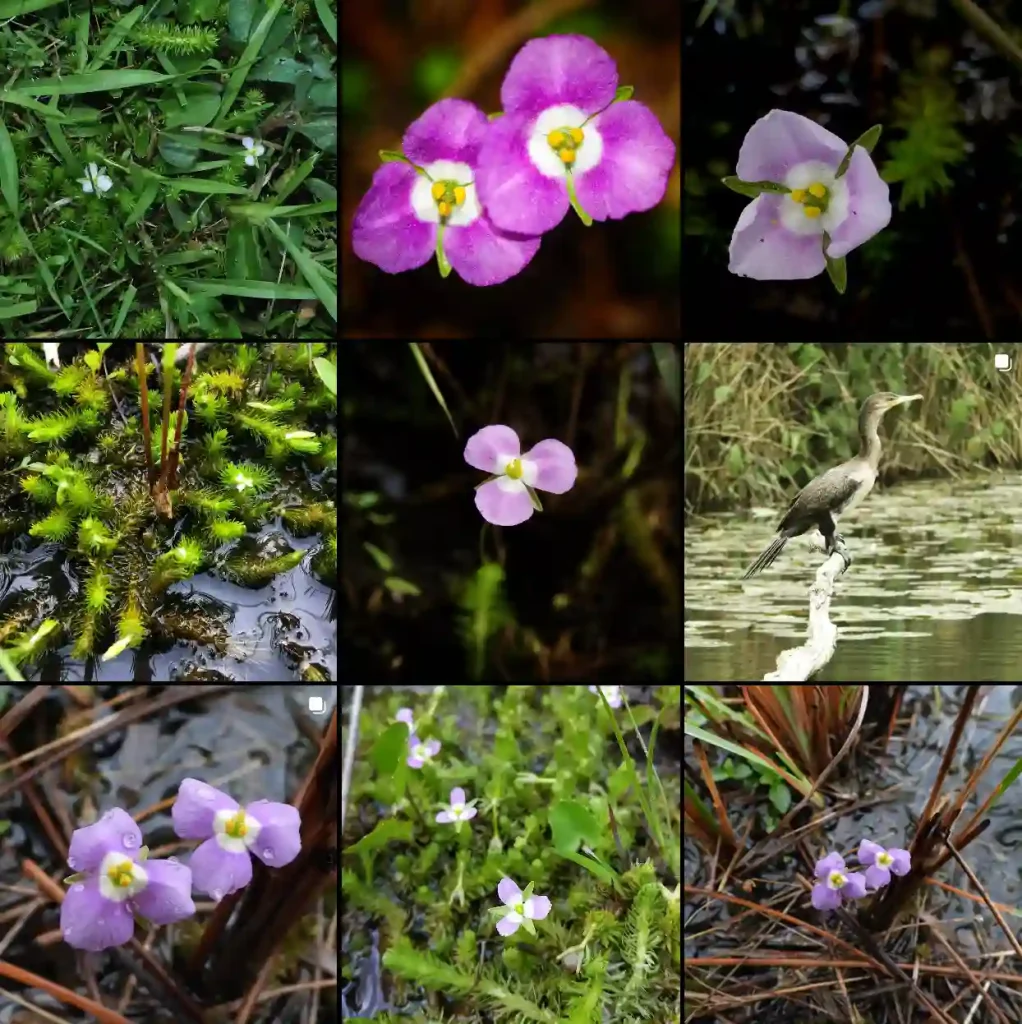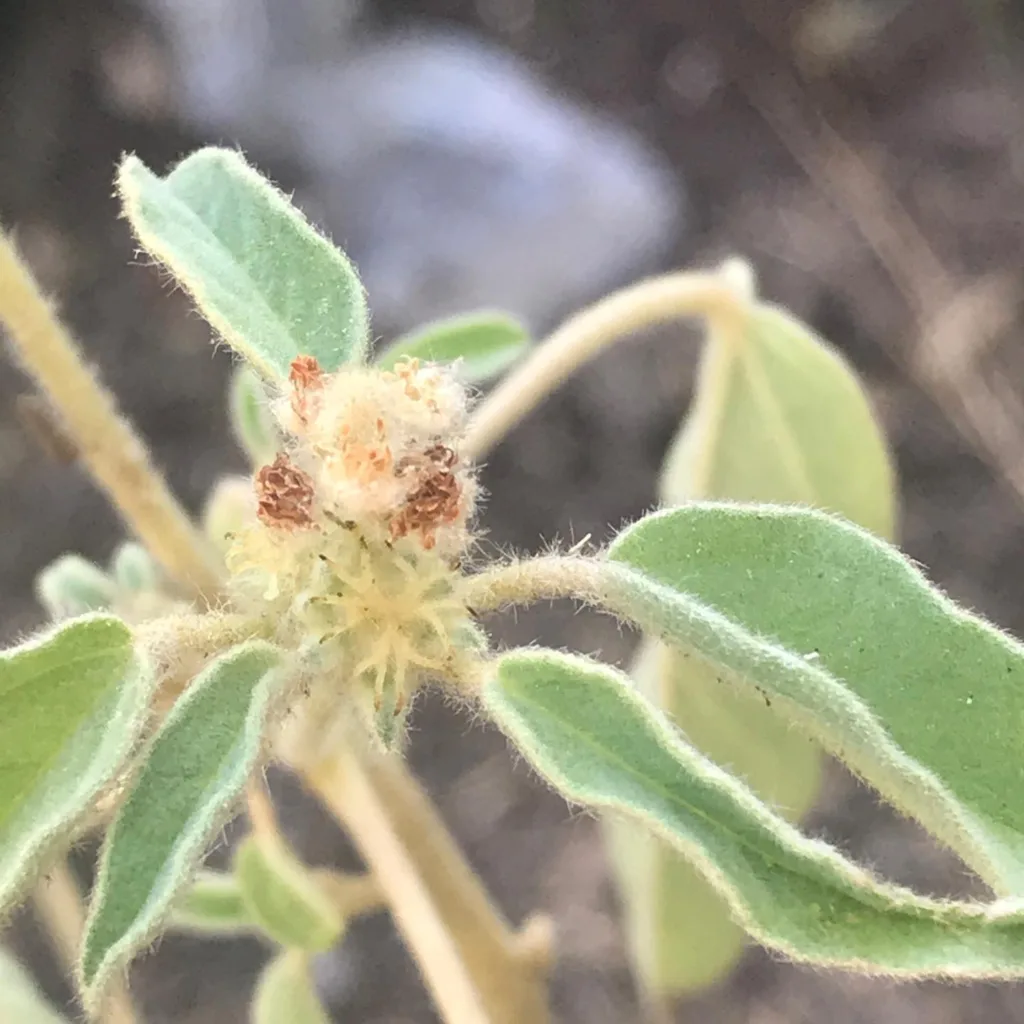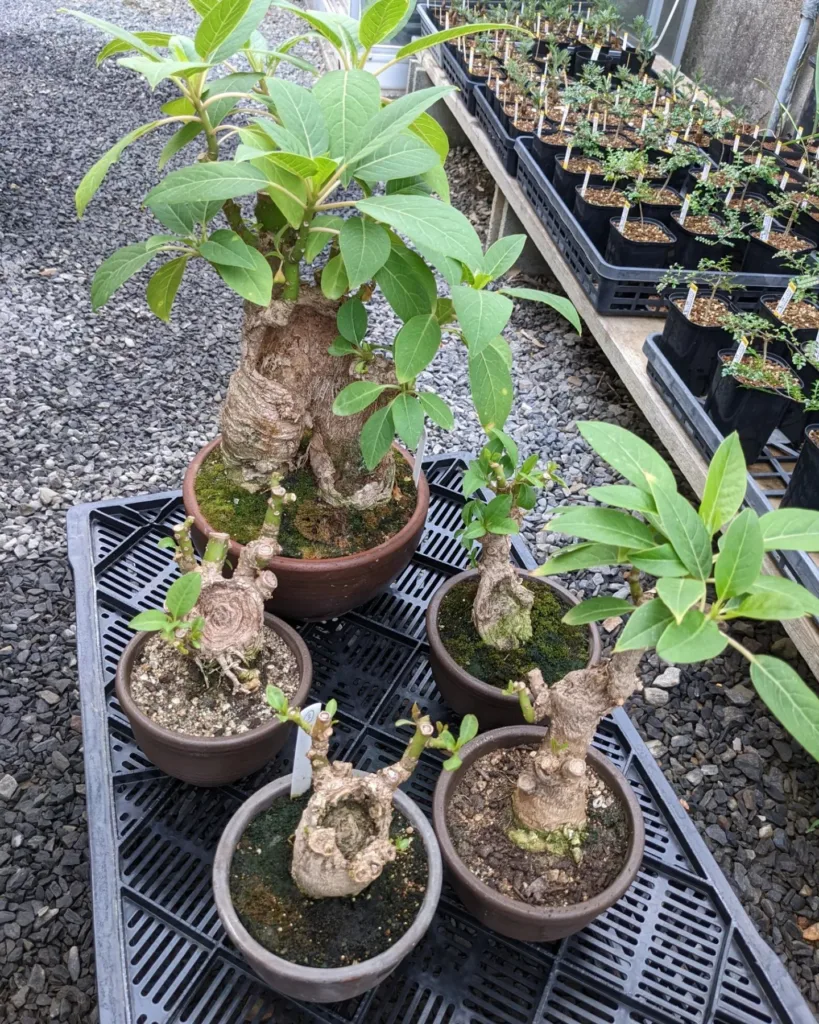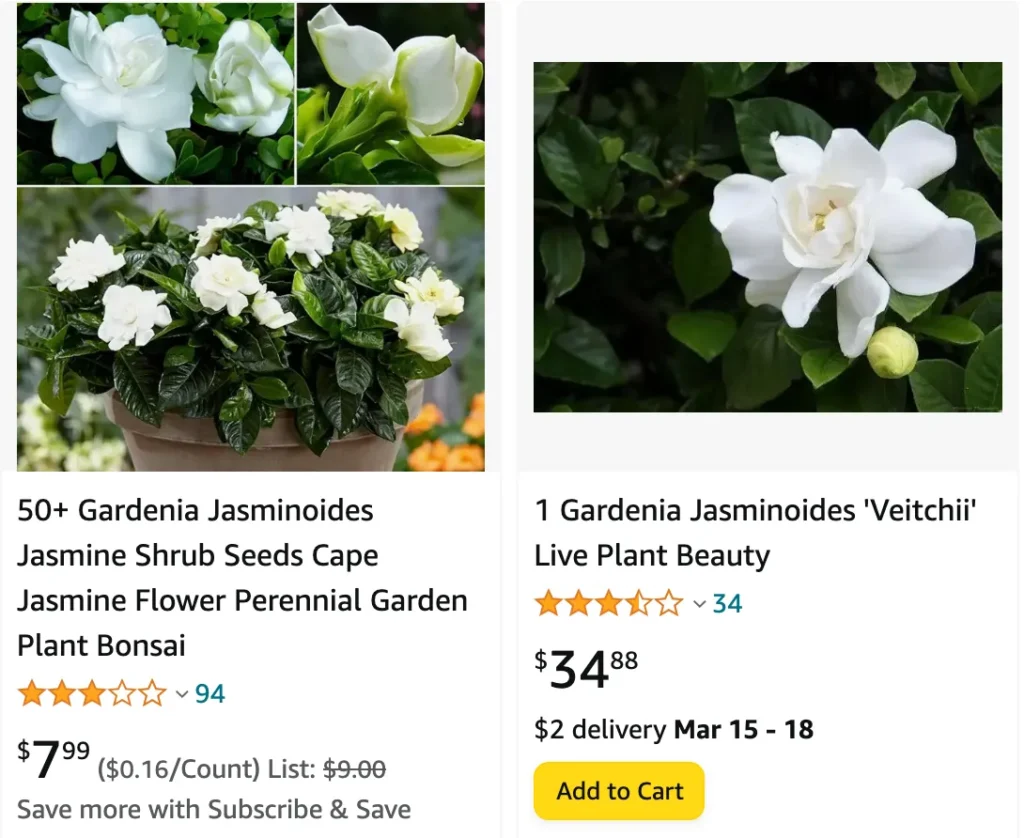
What is gardenia jasminoides?
Gardenia jasminoides, commonly known as the gardenia or Cape jasmine, is a flowering evergreen shrub native to Asia. Its fragrant, creamy white flowers and glossy dark green leaves make it a popular choice for gardens and landscapes.
126 Species in Genus Gardenia
Cape Jasmine vs Gardenia
I’ve found Cape Jasmine to be a bit more forgiving in terms of soil conditions and light requirements compared to Gardenias, which can be finicky and prone to leaf drop if they don’t get just the right care.
Are gardenia jasminoides perennial?
Yes, Gardenia jasminoides is a perennial plant, meaning it lives for several years and returns each growing season. It’s often grown as a shrub in temperate climates or as a potted plant indoors in cooler regions.
How big does gardenia jasminoides grow?
Gardenia jasminoides can grow to be quite large under the right conditions, reaching heights of 3 to 8 feet and widths of 2 to 6 feet. However, its size can vary depending on factors such as growing conditions, pruning, and variety.
How to grow gardenia jasminoides?
To grow Gardenia jasminoides successfully, follow these guidelines:
- Choose the Right Location: Select a location with partial shade to full sun exposure. Gardenias prefer morning sun and afternoon shade, especially in hotter climates. Ensure the area has well-draining soil rich in organic matter.
- Planting: Dig a hole slightly larger than the root ball of your gardenia plant. Place the plant in the hole, ensuring it sits at the same depth as it was in its nursery container. Backfill with soil, gently firming it around the roots, and water thoroughly.
- Soil: Gardenias prefer acidic soil with a pH between 5.0 and 6.0. If your soil is not naturally acidic, consider amending it with organic matter like compost or peat moss. Mulch around the base of the plant to retain moisture and regulate soil temperature.
- Watering: Keep the soil consistently moist but not waterlogged, especially during the plant’s active growing season in spring and summer. Water deeply and regularly, ensuring the root zone is adequately hydrated. Avoid wetting the foliage to prevent fungal diseases.
- Fertilizing: Feed gardenias with a fertilizer formulated for acid-loving plants, such as one labeled for azaleas or camellias. Apply fertilizer according to package instructions, typically in spring and again in midsummer. Avoid excessive nitrogen, as it can lead to lush foliage growth at the expense of flowers.
- Pruning: Prune gardenias after flowering to maintain their shape and size. Remove any dead, damaged, or overgrown branches, as well as spent flowers. Avoid heavy pruning, as gardenias bloom on old wood, and excessive cutting can reduce flowering.
- Humidity: Gardenias thrive in humid environments. Indoors, place a tray filled with pebbles and water beneath the plant or use a humidifier to increase humidity levels. Outdoors, consider planting near a water feature or in a sheltered area protected from drying winds.
- Pest and Disease Control: Monitor your gardenia for pests like aphids, scale insects, and whiteflies. Treat infestations promptly with insecticidal soap or neem oil. Watch for signs of fungal diseases such as leaf spot or powdery mildew and provide good air circulation to prevent outbreaks.
- Overwintering: In cooler climates, protect gardenias from frost and freezing temperatures. Consider wrapping the plant in burlap or covering it with frost cloth during cold spells. Alternatively, grow gardenias in containers and bring them indoors during the winter months.
By following these tips, you can successfully grow Gardenia jasminoides and enjoy its fragrant blooms and glossy foliage in your garden or home.
How to take care of indoor gardenia jasminoides?
Taking care of indoor Gardenia jasminoides requires providing it with bright, indirect light, consistent humidity, and regular watering. I place mine near a south- or west-facing window where it gets plenty of filtered sunlight throughout the day and mist the leaves occasionally to increase humidity.
Is gardenia jasminoides evergreen?
Yes, Gardenia jasminoides is evergreen, meaning it retains its foliage year-round. Its glossy, dark green leaves provide year-round interest in the garden or as a houseplant.
Where to buy gardenia jasminoides?
You can buy Gardenia jasminoides at nurseries, garden centers, or online plant retailers. They may be available as potted plants or as bare-root or containerized shrubs, depending on the seller.
If you’re considering adding a fragrant, beautiful shrub to your garden or indoor plant collection, Gardenia jasminoides is an excellent choice. With proper care, it rewards gardeners with its stunning flowers and glossy foliage year after year.
If i die, water my plants!
